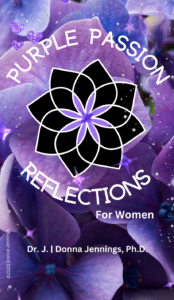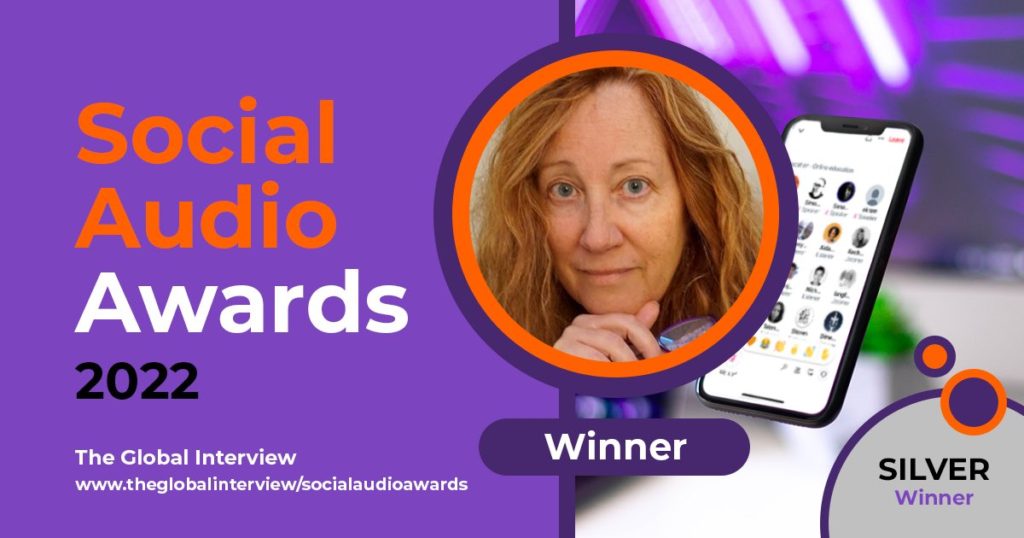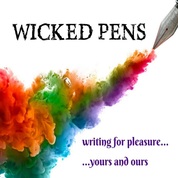Love Potions and Brain Chemistry: Decoding the Science of Relationships

The science of relationships is an area where I see authors use personality tests to help them build their characters. I have a test that I like to use because it is based on personality and brain chemistry. It also helps answer the question, do “opposites attract” or do “birds of a feather stick together?” Let’s dive into the work of Dr. Helen Fisher and see what brains have to do with relationships.
Helen Fisher’s Personality Model
Wouldn’t it be cool if there was a way to understand how some people are attracted to each other, and others are not? Fisher highlights the combination of biology and experiences for our personalities. Within her research, she found four brain systems linked to personality traits. So, she used these systems to determine how they affect romantic choices.
Authors: Here is the Science of Relationships
As writers, we wonder how our characters get together. If we start building them knowing that they have the chemicals, dopamine, serotonin, testosterone, and estrogen, that create personality types, then we have a great foundation. Fisher determined that certain personality types are drawn to specific personality types.
First, she named the brain chemical to the group. Dopamine brain types are called Explorers. Serotonin brain types are called Builders. Estrogen brain types are called Negotiators, and Testosterone brain types are called Directors.
Then, she outlined the basic traits of each personality. For instance, Explorers are adventurous and impulsive, while Builders are calm and orderly. In contrast, Negotiators are intuitive and expressive, while Directors are direct and analytical.
She found that Explorers are drawn to Explorers, and Builders are drawn to Builders. These two groups are the “birds of a feather stick together” group. The “opposites attract” groups are the Negotiators and Directors.
How Can Writers Use Science of Relationships?
Writers can use personality traits to craft characters based on behavior and romantic dynamics. This system provides a richer and more realistic character relationship.
In The Fiction Writer’s Sexuality Guide, I created a chart for all four personality types, from romantic preferences, to positive and negative traits, to their job choice and more. Think of the tension you can bring to your story if you know the wrong characters are together personality-wise. Then, contrast that to the heat you could get when the right characters are together personality-wise. For me, one bonus is that the brain chemicals for personality also work the sexual response cycles—more chemistry to work with. More on that later.
What’s the Brain Got to Do with It?
Armed with brain chemistry and personality traits, you can use the science of relationships in your writing. When you look at the pairings and see how they work, your couples will pop off the page. You could work on relationship dynamics, plot development, conflict resolution, dialogue, and interactions (because each group communicates differently), and themes and messages. And if you want to experience determining your personality trait, you can take the test for yourself. You and your characters can have so much fun.
This is just a taste of what’s in The Fiction Writer’s Sexuality Guide. Are you following along with the blog series? It starts here.











Recent Comments